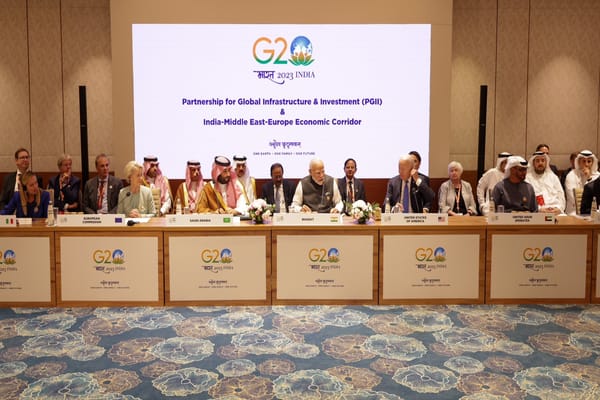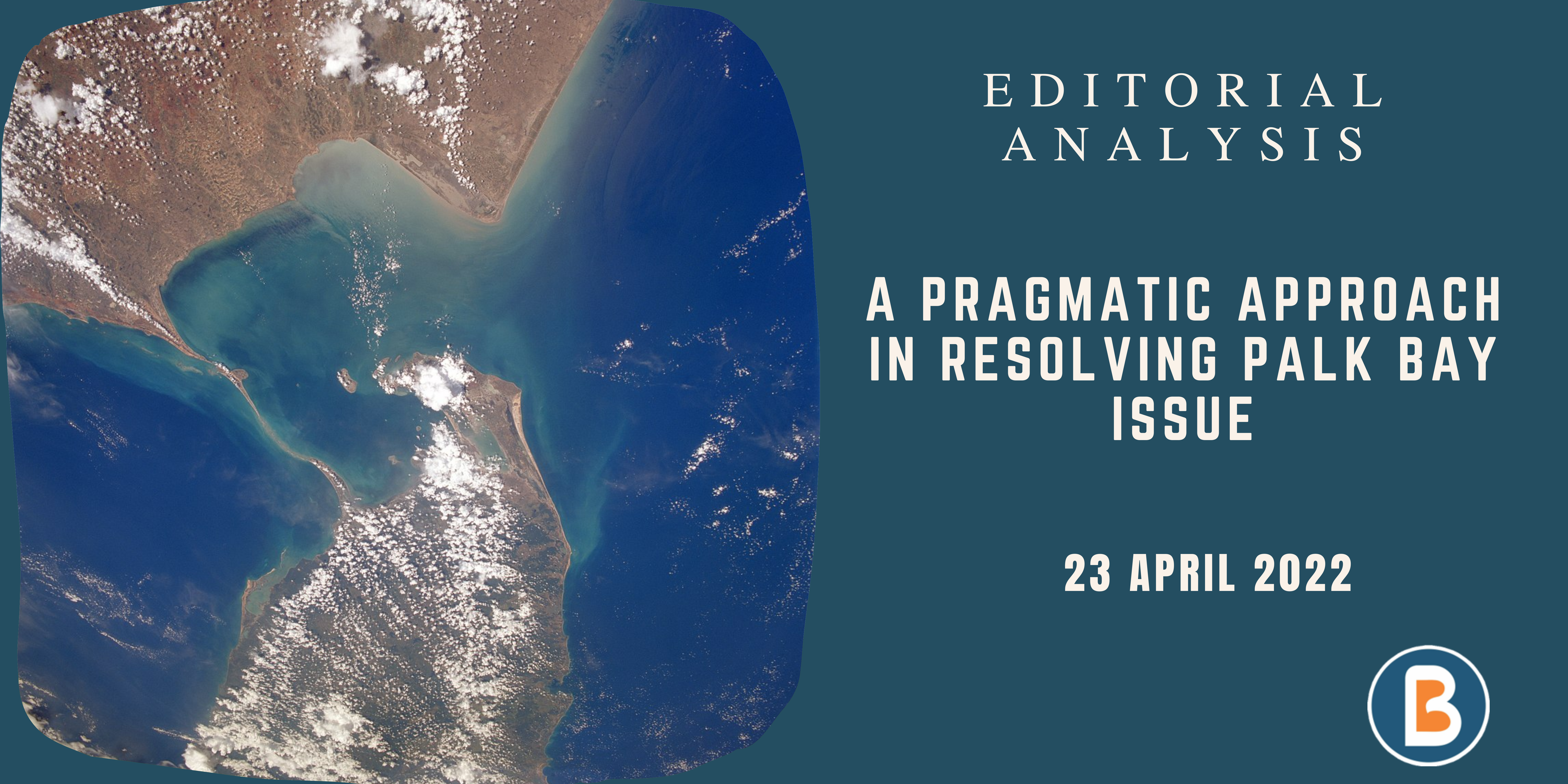India and the great power contest in West Asia
Context:
The global geopolitical landscape is undergoing notable shifts, and amidst these changes, the United States, led by President Joe Biden, is charting a nuanced course in its approach to West Asia.
Background:
This region, of immense geostrategic importance, has seen the U.S. play a dominant role for decades. However, this dominance is now being challenged by various factors. President Biden’s strategy for West Asia can be dissected into two core components.
- The first centers on the continuation of the Trump-era policy, aiming to foster closer ties between the Gulf Arab nations and Israel, both key allies of the U.S. The ultimate goal is to address shared geopolitical challenges, notably the rise of Iran. While the Abraham Accords laid the groundwork for improved relations, true potential awaits the forging of a deal between Israel and Saudi Arabia, a linchpin Arab nation. This represents a notable shift, especially considering President Biden’s earlier stance on Saudi Arabia. The U.S. administration believes that such a pact could not only enhance Arab-Israeli relations but also bolster the United States’ regional influence without the need for further military commitments.
- The second facet of President Biden’s approach seeks to reassure America’s allies and friends that the U.S. remains committed to West Asia. The I2U2 minilateral, comprising India, Israel, the U.S., and the UAE, is emblematic of this approach. It aims to expedite economic integration between South Asia and West Asia, offering innovative solutions to the challenges faced by countries in the Global South.
The recently announced India-Middle East-Europe Corridor, unveiled during the G-20 summit, holds significant promise in this regard. By establishing an economic corridor that spans from India’s western coast through the Gulf, Jordan, Israel, and ultimately reaching the Mediterranean, this project could bring India and Europe closer while bolstering the U.S.’s regional influence. Despite shifting its focus to Eastern Europe and East Asia, the U.S. recognizes that West Asia remains strategically vital, particularly due to China’s growing interests in the region.
Relevance:
GS-02 (International relations)
Main Question:
Discuss the key dimensions and challenges of President Biden’s West Asia strategy, emphasizing its implications for regional geopolitics and the role of India in shaping the evolving dynamics. (250 words)
Dimensions of the Article:
- Part One: Strengthening Ties and Forging Alliances
- Part Two: Reassurance and Sustained Engagement
Part One: Strengthening Ties and Forging Alliances
- The first dimension of President Biden’s West Asia strategy revolves around strengthening ties with key allies in the region, primarily the Gulf Arab nations and Israel. This approach is not entirely new, as it builds upon the Trump-era policy, exemplified by the Abraham Accords. These accords laid the foundation for closer relations between Israel and the UAE, marking a significant departure from the region’s historical dynamics.
- However, the full potential of this policy hinges on the establishment of a similar agreement between Israel and Saudi Arabia, a nation with substantial regional influence. President Biden, despite initial reservations about Saudi Arabia, has been proactive in reaching out to the Kingdom. The ultimate goal is to transform Arab-Israeli relations, bolstering the U.S.’s regional standing without resorting to military commitments.
Part Two: Reassurance and Sustained Engagement
- The second dimension of President Biden’s approach aims to reassure West Asia that the U.S. remains committed to the region. This assurance is essential as the U.S. has shifted its security priorities toward Eastern Europe and East Asia. Nonetheless, West Asia retains its strategic significance, especially concerning energy resources and regional stability. China’s growing engagement in the region has added complexity to the U.S.’s approach.
- The U.S. recognizes that complete withdrawal from West Asia could create a void for China to fill. To counter this, the U.S. seeks to strengthen alliances among regional partners and involve India as a stable partner in shaping economic engagement and integration. This collaborative approach aims to compete with China’s influence in the region.
Conclusion:
- President Biden’s West Asia strategy is multifaceted, aiming to strengthen ties with traditional allies and reassure the region of the U.S.’s enduring commitment. By fostering closer relations between key players, notably Israel and Saudi Arabia, and promoting economic integration through initiatives like the India-Middle East-Europe Corridor, the U.S. seeks to maintain its influence in West Asia.
- However, this strategy faces challenges, including the increasing autonomy of regional powers and the delicate balance of power in the Iran-Israel rivalry.
- Nonetheless, the U.S. views India as a crucial partner in this evolving landscape, and India should approach this opportunity with a multi-engagement strategy, striving to play a significant geopolitical role in West Asia while maintaining its traditional balance.





